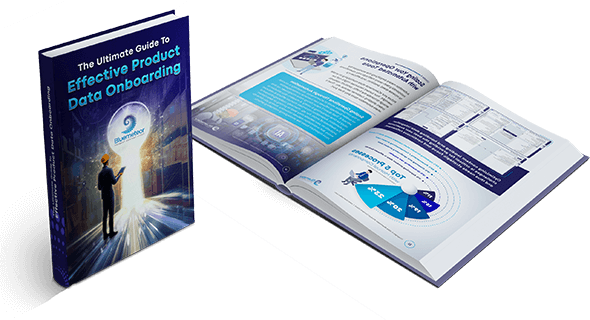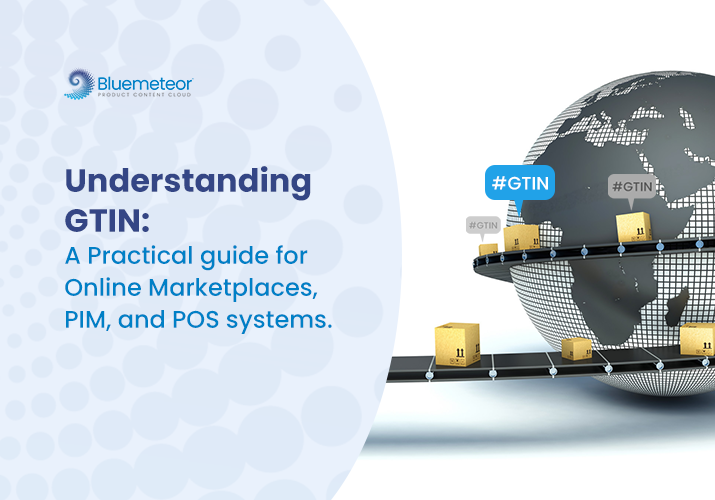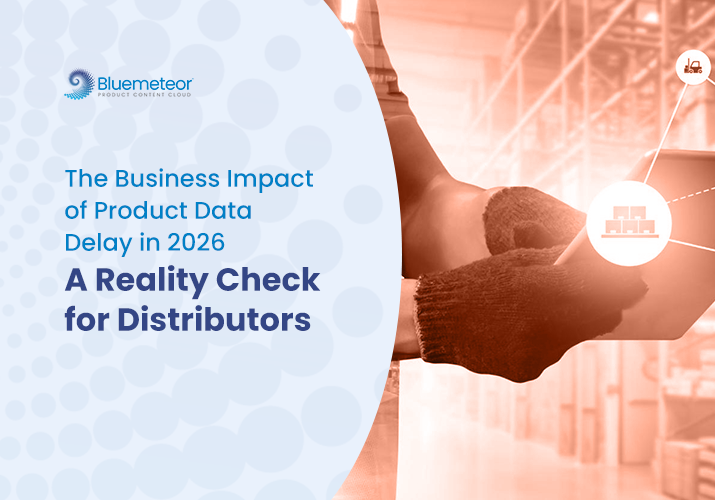Accelerate Your Product Data Onboarding to BigCommerce: The Ultimate Tips for 2024

Bigcommerce is growing at a blistering pace, and managing your product data effectively has never been more critical. If you are leveraging the BigCommerce platform, it’s important to simplify and streamline your product data onboarding process.
Automate Data Import:
As we look forward to 2024, integrating automation, Artificial Intelligence (AI), and Machine Learning can drastically reduce manual efforts, increase efficiency and make your e-store much more competitive. Here’s how.
AI and Machine Learning for Data Validation:
When onboarding data, especially on a large scale, incorrect, inconsistent, or missing data often sneaks through, which can potentially harm the user experience and your SEO ranking.
Leveraging AI and machine learning can analyze product data (such as sizes, colors, pricing of our women’s athletic shoes) in real-time and check it against the set standards, allowing for immediate identification and correction of discrepancies.
Enhance SEO using AI:
The 2024 e-commerce space is forecasted to be fiercely competitive, making SEO optimization a priority. Using AI can streamline SEO practices by scanning the product information and suggesting necessary changes, including better product descriptions and keyword use that make your new athletic shoe line appear at the top of search results.
Take Advantage of Product Categorization:
An unorganized product catalog can not only hinder navigation but also drive customers away. In addition, it can create frustration and reduce the overall shopping experience, leading to lost sales opportunities.
However, AI can help by accurately categorizing products (for instance, the athletic shoes under ‘Sports shoes’, ‘Women’s footwear’, ‘Fitness Gear’), thereby enhancing the searchability on your BigCommerce store.
Provide Comprehensive and Clear Product Information:
One key element that influences purchase decisions is detailed and accurate product information. Tools using AI can ensure the descriptions, features, sizes, and more are precise and comprehensive, making it easier for the customer to make an informed purchase.
Make Use of Digital Asset Management (DAM):
An integral part of PIM (Product Information Management) is the DAM. It automates and manages your digital assets, including images and videos. This ensures that all visual content, such as those featuring your athletic shoes, is centrally stored, consistently updated, and quickly accessible for your BigCommerce listings.
Personalize Experiences with AI and Machine Learning:
Finally, enhancing customer experience with personalization is crucial. In 2024, customers demand highly personalized shopping experiences. In this context, AI and machine learning come into play, utilizing customer behavior and preferences to tailor product recommendations.
For instance, these technologies can push the most relevant options—such as suggesting running shoes for fitness enthusiasts—which can significantly boost sales.

Conclusion:
Looking ahead to 2024, e-commerce platforms like BigCommerce can transform their product data onboarding with automation, AI, and machine learning.
This streamlines the process, improves accuracy, boosts SEO, and enhances user experience, making it essential in e-commerce.
Bluemeteor’s product content cloud, powered by AI and machine learning, streamlines product data management. It helps distributors and retailers syndicate product content directly with BigCommerce. This ensures smooth, accurate, and efficient data onboarding. Embrace technology to propel your e-commerce business.
Related Articles
Recent Post
Categories





